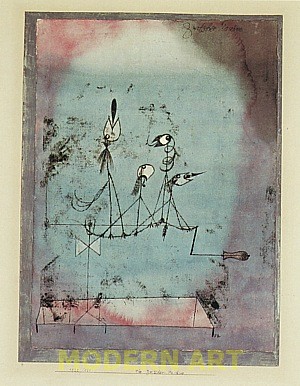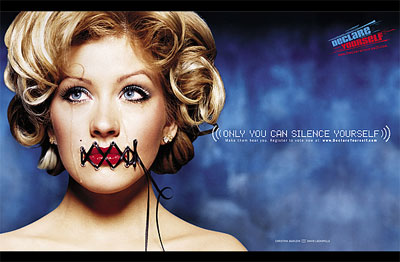





A portfolio is never neutral: it assumes a circulation of texts, a set of
relationships, and an ecology of learning.
circulation of texts
An electronic portfolio, with drafts and outtakes and
reflective commentary, assembles and articulates its own ecology of composing and
composer.
each privileges certain assumptions about learning and thus fosters certain kinds of
engagements. These engagements are located in processes and practices; in structures; and
in habituated behaviors, especially those that contribute to sustainability.
The ecological system is thus open, interacting with and informother ecologies where other values and media operate.
A second model of electronic portfolio provides a structure intended to assist students in one
of two ways: by creating a framework that students can work within, or by articulating
assumptions and frameworks that, in print, have been unarticulated
multiple
mapping: thinking through and with the general education
matrix as well as through and with the disciplinary matrix.
A third electronic portfolio model is defined by two features: (1) the opportunity to work at the
intersection of the personal and the public; and (2) the conceptualization of portfolio-making
not as a one-time opportunity, nor revision as one-time occurrence, but as a reiterative
process.
the role of the
model itself matters: it is located in a curricular ecology assuming reiteration of self and
portfolio, through the use of both new and appropriated materials.
9 characteristics of portfolios
1. collection: showcases portfolios validity presents you more than a single piece of writing range of performance diff. genres for areas of expertise
2. range: ability to use diff. genres
3. context richness: assumes writers bring experiences with them no artificiality the portfolio reflects what you learned
4. delayed evaluation: can go back and revise your work
5. selection: allows you to think about what you can use in the portfolio and explicate the quality of your work
6. student centered control: the students ability to control what you put in the portfolio
7. reflection and self assessment: annotations forces you to return to texts and analyze most important what and how need to develop
8. goes along specific parameters: able to ask specific questions
9. development over time: able to view work over time instead of static sitting like a midterm